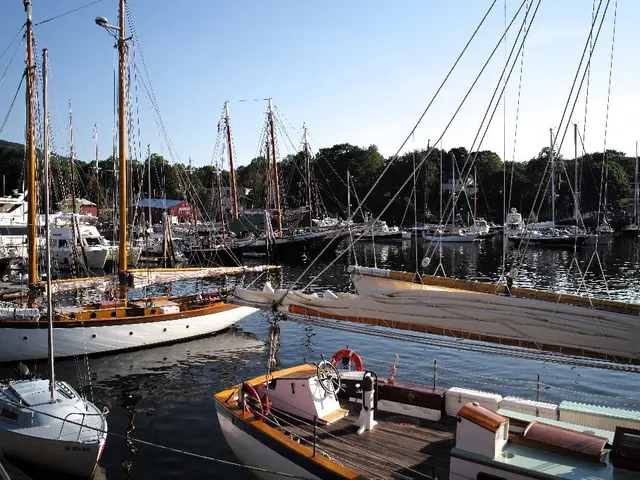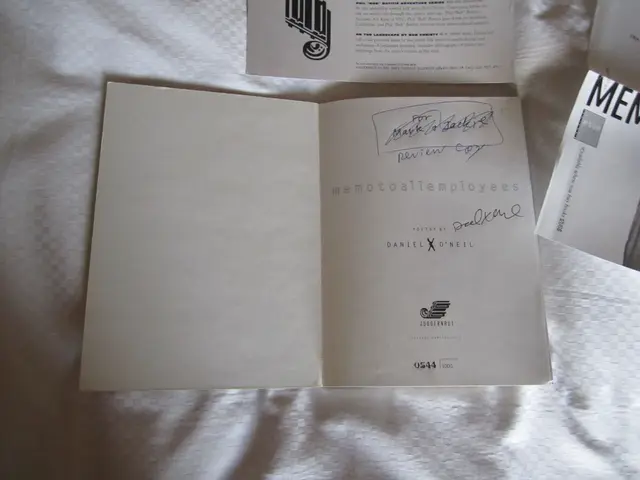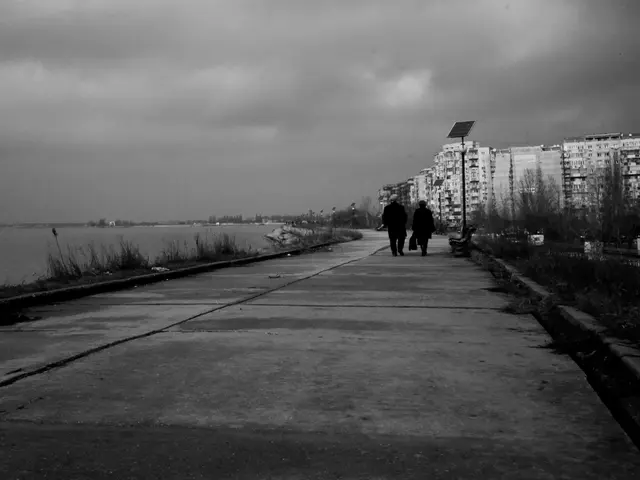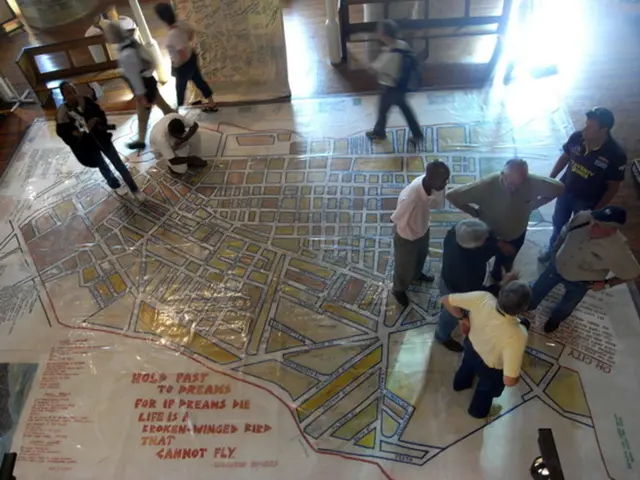Bishkek: A Time-Capsule City of Soviet Statues and Architecture
Bishkek, the capital of Kyrgyzstan, is a unique blend of history and time-warp architecture. While much of the Soviet era has crumbled elsewhere, Bishkek's Soviet statues and buildings remain, offering a glimpse into the past.
At the heart of this stands Victory Square, located east of the city centre, near the once grand, state-owned shopping centres Tsum and Gum. The square is home to a collection of Soviet statues, including Lenin, Marx, Engels, and a woman leading a charge against Nazis. Notably absent is Stalin's statue.
Bishkek's architecture is a testament to its Soviet past. Imposing Stalinist-style state buildings and constructivist social housing dot the cityscape. Many of these structures, however, are rotting due to lack of maintenance, giving the city an eerie, time-capsule feel.
Panfilov Park, named after the legendary Panfilov and his 28 guardsmen, is a founding myth of the USSR. Yet, the story is now known to be untrue, adding a layer of intrigue to the city's history.
The State Historical Museum, established in the former Lenin Museum, closed in 2016 for repairs. Its rear facade, with wires and cables hanging out of broken windows, gives it the appearance of a Potemkin Village.
Bishkek's Soviet statues and architecture serve as a reminder of a bygone era. While some see them as symbols of a repressive past, others view them as a unique testament to history. The city's Soviet heritage, whether maintained or left to decay, is a stark reminder of the past that continues to shape its present.
Read also:
- Tata Motors Establishes 25,000 Electric Vehicle Charging Stations Nationwide in India
- Tesla's Nevada workforce has escalated to a daily output of 1,000 Powerwall units.
- AI-Enhanced Battery-Swapping Station in Southeast Asia Officially Opens Its Doors
- HAW Hamburg's Pilot Plant Transforms Waste into Climate-Neutral Fuel








